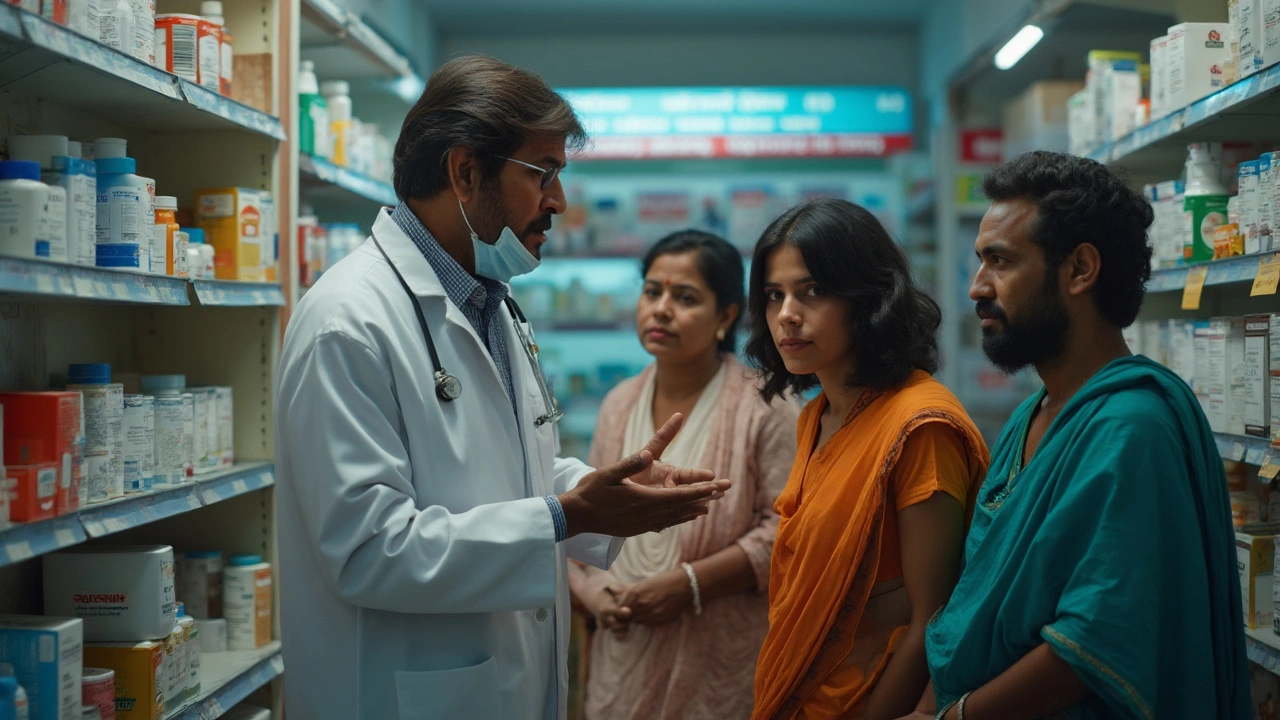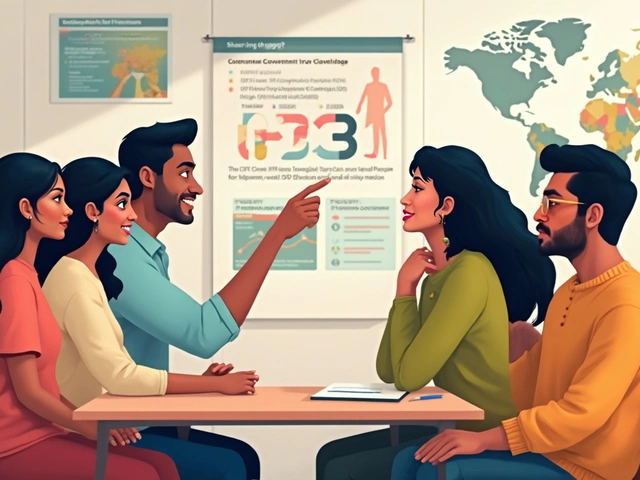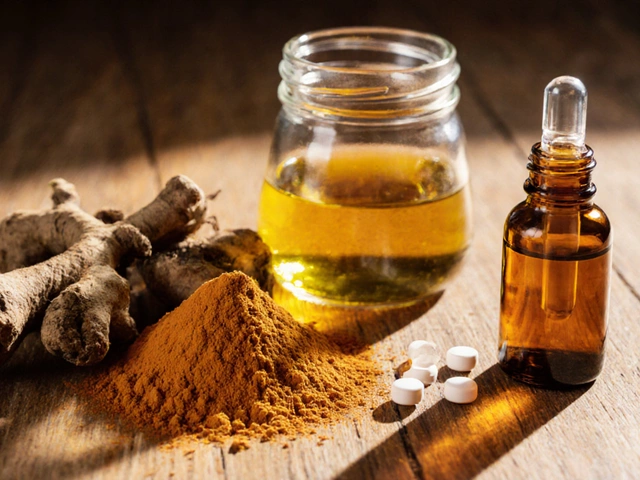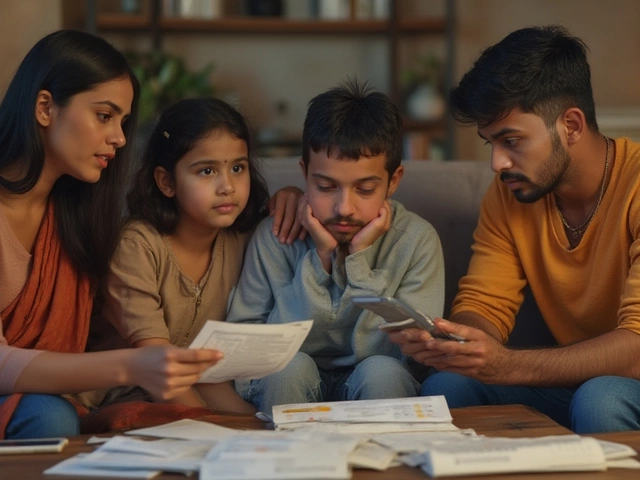Metformin Shortage: What It Means for Diabetics in India
If you’ve been buying metformin for your Type 2 diabetes, you might have noticed empty shelves or delayed deliveries. You’re not alone – the nation is dealing with a real shortage, and it’s affecting daily blood‑sugar control for many. In this guide we’ll break down why the shortage is happening, what risks it brings, and what you can actually do right now to keep your health on track.
Why the shortage is happening
First, the supply chain is tighter than usual. Factories that make metformin tablets have faced raw‑material delays, especially because the key ingredient – guanidine – is imported from a few countries. When those imports hit customs snags or price spikes, the whole production line slows down.
Second, demand surged after several new guidelines recommended metformin as the first‑line drug for any adult with high blood sugar. More patients mean more prescriptions, and the manufacturers simply can’t keep up. Add a few big‑scale recalls caused by contamination concerns, and the market ends up with less product on the shelves.
Finally, the COVID‑19 pandemic left many regional distributors short‑staffed, so even when tablets are produced, they sometimes sit idle in warehouses before reaching pharmacies. All these factors combine into the shortage you see today.
What you can do right now
Don’t panic, but act fast. Talk to your doctor as soon as you notice a refill problem. Many physicians can temporarily switch you to other blood‑sugar medicines like sulfonylureas, DPP‑4 inhibitors, or low‑dose insulin. Those alternatives may have different side‑effects, so a professional’s input is crucial.
Ask your pharmacist if they can source metformin from a nearby city or a different brand that meets the same dosage. Sometimes a generic version from another manufacturer is still in stock, and the cost difference is minimal.
Consider lifestyle tweaks that lower the need for medication. Simple changes – cutting refined carbs, walking 30 minutes a day, and keeping stress in check – can reduce your blood‑sugar spikes and give your doctor more flexibility with drug choices.
If you’re part of a diabetes support group, share any pharmacy leads you discover. Community knowledge often moves faster than official channels, and a quick text to the group could save a week of waiting.
Keep an eye on official updates from the Ministry of Health and the Drug Controller General of India. They occasionally release emergency import permits that bring extra stock into the market. Knowing when a new batch arrives can help you plan your refill timing.
Finally, stay organized. Write down the exact dosage you need, the last fill date, and any alternative drugs your doctor has approved. Having that information ready speeds up conversations with pharmacists and doctors alike.
Shortages are stressful, but with clear communication and a few proactive steps, you can keep your diabetes under control until the supply chain steadies.

Why is Metformin Being Discontinued? The Real Story Behind the Diabetes Drug Shake-Up
Metformin has long been a go-to pill for managing type 2 diabetes, but lately, there's been talk—and anxiety—about its discontinuation in some places. This article digs into what's really behind metformin being pulled from shelves or becoming hard to find. We break down the safety concerns, supply chain issues, and tips for patients caught off guard. If you or someone you love relies on metformin, here's what you need to know right now.

Understanding Which Insurance Plans Cover IVF
Mar, 22 2025

How Rare Is It to Survive Open Heart Surgery?
May, 11 2025


